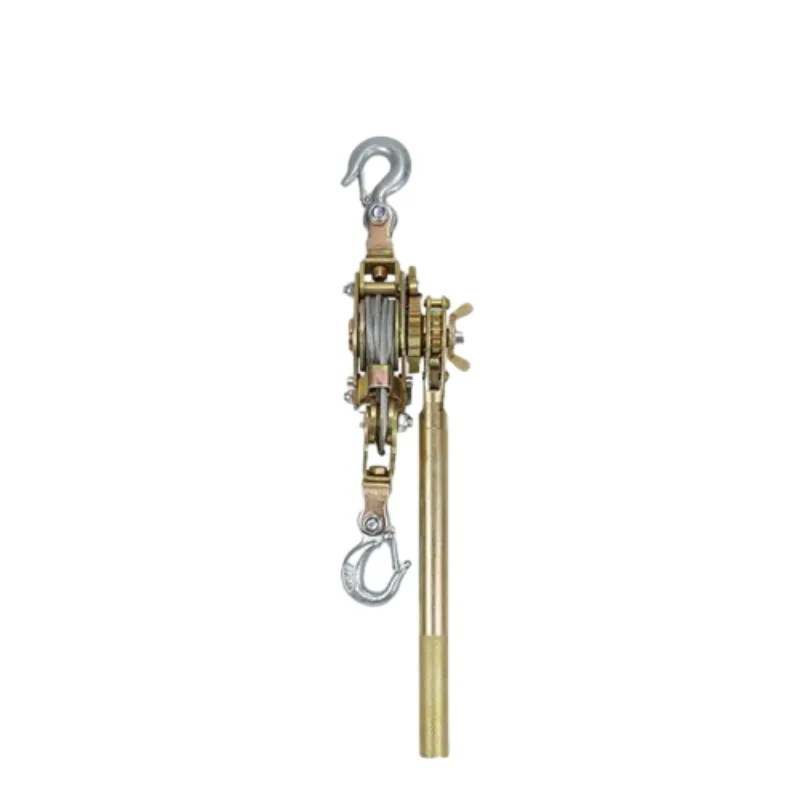
-
 Afrikaans
Afrikaans -
 Albanian
Albanian -
 Amharic
Amharic -
 Arabic
Arabic -
 Armenian
Armenian -
 Azerbaijani
Azerbaijani -
 Basque
Basque -
 Belarusian
Belarusian -
 Bengali
Bengali -
 Bosnian
Bosnian -
 Bulgarian
Bulgarian -
 Catalan
Catalan -
 Cebuano
Cebuano -
 Corsican
Corsican -
 Croatian
Croatian -
 Czech
Czech -
 Danish
Danish -
 Dutch
Dutch -
 English
English -
 Esperanto
Esperanto -
 Estonian
Estonian -
 Finnish
Finnish -
 French
French -
 Frisian
Frisian -
 Galician
Galician -
 Georgian
Georgian -
 German
German -
 Greek
Greek -
 Gujarati
Gujarati -
 Haitian Creole
Haitian Creole -
 hausa
hausa -
 hawaiian
hawaiian -
 Hebrew
Hebrew -
 Hindi
Hindi -
 Miao
Miao -
 Hungarian
Hungarian -
 Icelandic
Icelandic -
 igbo
igbo -
 Indonesian
Indonesian -
 irish
irish -
 Italian
Italian -
 Japanese
Japanese -
 Javanese
Javanese -
 Kannada
Kannada -
 kazakh
kazakh -
 Khmer
Khmer -
 Rwandese
Rwandese -
 Korean
Korean -
 Kurdish
Kurdish -
 Kyrgyz
Kyrgyz -
 Lao
Lao -
 Latin
Latin -
 Latvian
Latvian -
 Lithuanian
Lithuanian -
 Luxembourgish
Luxembourgish -
 Macedonian
Macedonian -
 Malgashi
Malgashi -
 Malay
Malay -
 Malayalam
Malayalam -
 Maltese
Maltese -
 Maori
Maori -
 Marathi
Marathi -
 Mongolian
Mongolian -
 Myanmar
Myanmar -
 Nepali
Nepali -
 Norwegian
Norwegian -
 Norwegian
Norwegian -
 Occitan
Occitan -
 Pashto
Pashto -
 Persian
Persian -
 Polish
Polish -
 Portuguese
Portuguese -
 Punjabi
Punjabi -
 Romanian
Romanian -
 Russian
Russian -
 Samoan
Samoan -
 Scottish Gaelic
Scottish Gaelic -
 Serbian
Serbian -
 Sesotho
Sesotho -
 Shona
Shona -
 Sindhi
Sindhi -
 Sinhala
Sinhala -
 Slovak
Slovak -
 Slovenian
Slovenian -
 Somali
Somali -
 Spanish
Spanish -
 Sundanese
Sundanese -
 Swahili
Swahili -
 Swedish
Swedish -
 Tagalog
Tagalog -
 Tajik
Tajik -
 Tamil
Tamil -
 Tatar
Tatar -
 Telugu
Telugu -
 Thai
Thai -
 Turkish
Turkish -
 Turkmen
Turkmen -
 Ukrainian
Ukrainian -
 Urdu
Urdu -
 Uighur
Uighur -
 Uzbek
Uzbek -
 Vietnamese
Vietnamese -
 Welsh
Welsh -
 Bantu
Bantu -
 Yiddish
Yiddish -
 Yoruba
Yoruba -
 Zulu
Zulu


TEL:
0086-311-88862036
Jan . 19, 2025 03:50 Back to list
heavy duty cable rollers
Heavy duty cable clamps are an essential component in various industrial sectors, offering stability, organization, and protection for complex cable systems. In industries such as construction, telecommunications, and marine applications, these components ensure that cable systems not only function efficiently but also remain secure against environmental and operational stresses. This article delves into the significance of heavy duty cable clamps, showing why they stand out as a reliable solution through authentic experiences, technical expertise, authoritative insights, and trustworthiness in their application.
Authoritativeness is further reinforced as heavy duty cable clamps comply with international safety and performance certifications. Industry standards from organizations such as the International Electrotechnical Commission (IEC) and Underwriters Laboratories (UL) validate the safety, performance, and longevity of these clamps. Such certifications are more than just labels; they assure project managers and engineers of their investment in a product that meets stringent global benchmarks. This assurance is crucial when integrating into systems where failure could lead to significant financial or safety implications. Trustworthiness in this context is not just about product quality but also the information available for users to make informed purchasing decisions. Manufacturers and suppliers often offer extensive guides and technical support, helping users select the appropriate clamps based on their specific operational requirements. Transparency in load-bearing capacities, installation guidelines, and maintenance procedures fosters trust, helping end-users achieve optimal performance and durability from their cable management systems. In conclusion, heavy duty cable clamps play an indispensable role in managing cable systems across various sectors, valued for their durability, compliance with stringent standards, and the peace of mind they bring to operators. Real-life success stories from sectors like telecommunications and construction underscore their significance in ensuring secure, efficient, and long-lasting cable installations. The combination of practical experience, technical expertise, authoritative backing, and established trust makes heavy duty cable clamps a cornerstone in the field of industrial cable management. Their continued evolution and adherence to global standards represent a commitment to quality and reliability, ensuring that they remain a preferred choice for professionals worldwide.


Authoritativeness is further reinforced as heavy duty cable clamps comply with international safety and performance certifications. Industry standards from organizations such as the International Electrotechnical Commission (IEC) and Underwriters Laboratories (UL) validate the safety, performance, and longevity of these clamps. Such certifications are more than just labels; they assure project managers and engineers of their investment in a product that meets stringent global benchmarks. This assurance is crucial when integrating into systems where failure could lead to significant financial or safety implications. Trustworthiness in this context is not just about product quality but also the information available for users to make informed purchasing decisions. Manufacturers and suppliers often offer extensive guides and technical support, helping users select the appropriate clamps based on their specific operational requirements. Transparency in load-bearing capacities, installation guidelines, and maintenance procedures fosters trust, helping end-users achieve optimal performance and durability from their cable management systems. In conclusion, heavy duty cable clamps play an indispensable role in managing cable systems across various sectors, valued for their durability, compliance with stringent standards, and the peace of mind they bring to operators. Real-life success stories from sectors like telecommunications and construction underscore their significance in ensuring secure, efficient, and long-lasting cable installations. The combination of practical experience, technical expertise, authoritative backing, and established trust makes heavy duty cable clamps a cornerstone in the field of industrial cable management. Their continued evolution and adherence to global standards represent a commitment to quality and reliability, ensuring that they remain a preferred choice for professionals worldwide.
Next:
Latest news
What Are Construction Tools and How Are They Used?
NewsJul.11,2025
Professional-Grade Duct Rodding Tools for Superior Cable Installation
NewsJul.11,2025
Enhancing Safety and Efficiency with Modern Hot Stick Solutions
NewsJul.11,2025
Empowering Cable Installation with Advanced Rodder Solutions
NewsJul.11,2025
Elevate Your Cable Installation Projects with Cable Pulling Tools
NewsJul.11,2025
Efficient Cable Handling Solutions: Cable Rollers for Sale
NewsJul.11,2025
Copyright © 2025 Shijiazhuang Bilo Import and Export Trading Co., Ltd. All Rights Reserved. Sitemap | Privacy Policy

BlLo lmport & Éxport is specialized in power and cable equipment andconsiruction tools,Qur main producis are FRP
duct rodder, cable rollerscable pulling winch, cable drum jack, cable pulling sock, etc.
Copyright © 2025 Shijiazhuang Bilo Import and Export Trading Co., Ltd. All Rights Reserved. Sitemap | Privacy Policy










